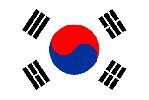 |
| South Korea |
| Seoul |
| The Cheong Gye Cheon
Restoration |
|
Cheong Gye Cheon is a steram
running through central Seoul from west to east. During the
Joseon Dynasty (1392-1910) housewives gathered at the stream to
do laundry, while their children played together. Around 1760 a
major renovation were carried out along the stream. Thus teh
Cheong Gye Cheon developed the appearance that we see today.
From the 1900s until after
the Korean War (1950-53) people who left their homes in rural
areas to find jobs or better living in Seoul built one makeshift
houlse after another alongside the stream, making the area a
shantytown. In 1958 efforts to improve the poor aesthitic
condtion of teh Cheong Gye Cheon began by covering the stream
with concrete and this work continued for the ensuining 20 years.
Inl 1976 an elevated highway was built over top. Consequently the
Cheong Gye Cheon, which was once regarded as a symbol of the
nation's development and growth had vanished.
A few decades later the
Seoul Metropolitan Goverment made a decicion to restore the
stream with the objective of forming a human centered, ecological
friendly urban area in the city that has been the nations capital
for 600 years. On October 1st 2005 the restoration work of the
Cheong Gye Cheon was completed after the historical commencement
on July 1, 2003. With the completion of this historical project
designed to restore cleanliness, culture and tradition to the
stream, Seoul is finally reborn as an international city that
values its environment and human life.
| Details
from the start and first part of the stream |
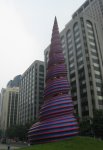 |
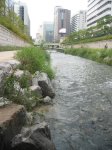 |
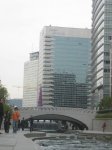 |
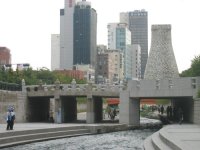 |
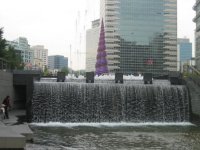 |
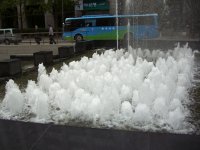 |
| Some
of the original stones you can find under the bridge |
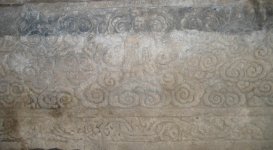 |
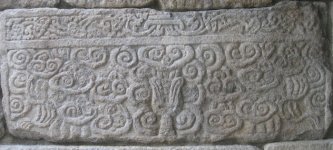 |
 |
| Various
bridges where you can cross the stream |
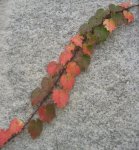 |
 |
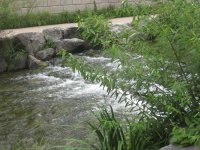 |
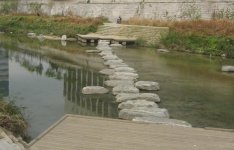 |
 |
| |
| Modern
version of a famous old korean drawing showing the
emperor and his soldiers riding and marching |
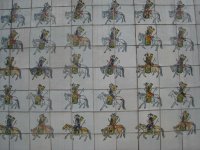 |
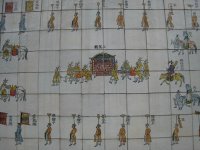 |
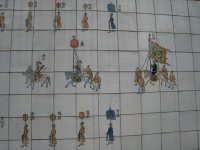 |
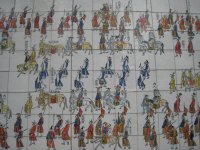 |
 |
| The
original you can see in the museum |
< Back to the index






